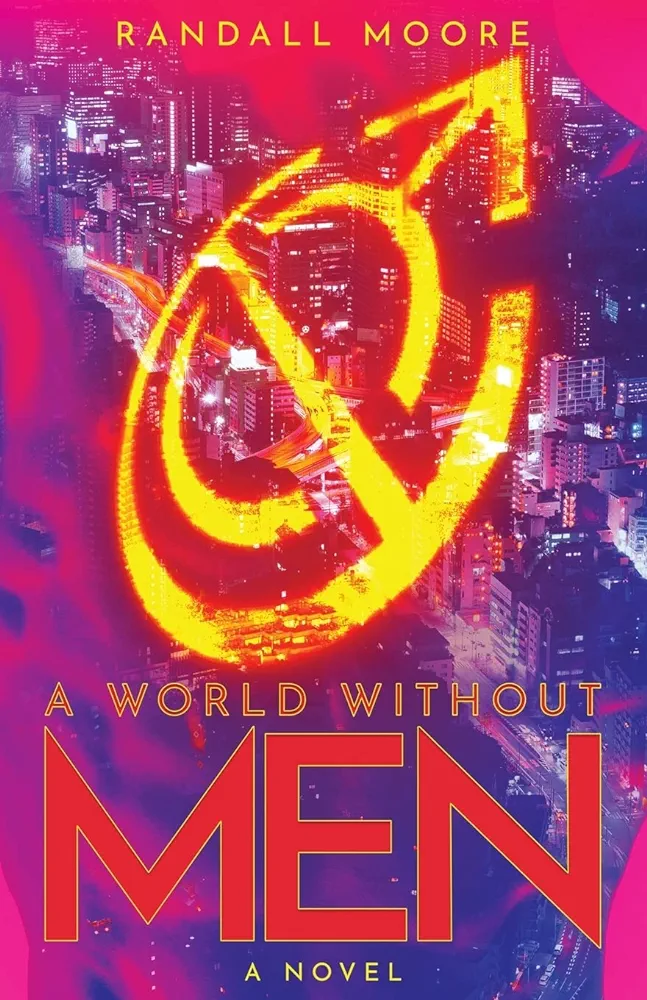In Randall Moore’s thought-provoking novel, “A World Without Men,” readers are transported to a society where men have mysteriously vanished, leaving behind a world reshaped by their absence. Through the eyes of the resilient protagonist, Eleanora Duncan, Moore crafts a narrative that delves deep into themes of gender dynamics, societal structures, and the essence of human connection.

At the heart of the story is Eleanora, a character who embodies strength, vulnerability, and a quest for understanding in a world that has been irrevocably altered. As readers follow Eleanora’s journey through this transformed landscape, they are invited to contemplate the implications of a world without men and the ripple effects it has on relationships, power dynamics, and personal identity.
One of the most compelling aspects of “A World Without Men” is Moore’s skillful exploration of complex themes in a way that is both accessible and profound. Through Eleanora’s experiences and interactions with other characters, the novel prompts readers to reflect on traditional gender roles, societal expectations, and the ways in which individuals define themselves in relation to others.
The absence of men in the narrative serves as a catalyst for introspection, challenging readers to consider how gender influences our perceptions of self-worth, agency, and belonging. Moore deftly navigates these themes with sensitivity and nuance, inviting readers to question their own assumptions and biases in a world where traditional norms have been upended.
Central to the novel is the character of Eleanora Duncan, whose journey of self-discovery mirrors the larger societal shifts taking place in the wake of the disappearance of men. Eleanora’s resilience, compassion, and unwavering determination to navigate this new reality make her a compelling and relatable protagonist, drawing readers into her world and inviting them to empathize with her struggles and triumphs.
As Eleanora grapples with the challenges and uncertainties of a world without men, she forms unexpected alliances, confronts deep-seated prejudices, and ultimately discovers a newfound sense of agency and purpose. Through her eyes, readers witness the complexities of human relationships, the fragility of societal structures, and the enduring power of resilience in the face of adversity.
Moore’s evocative prose and vivid descriptions bring the world of Eleanora to life with striking clarity and emotional resonance. From the stark landscapes to the intricacies of interpersonal dynamics, the novel immerses readers in a world that is both hauntingly familiar and tantalizingly different, inviting them to explore the depths of human nature and the bonds that connect us all.
Beyond its exploration of gender and society, “A World Without Men” is a story about the enduring power of hope, compassion, and the indomitable human spirit. Through Eleanora’s journey, readers are reminded of the importance of empathy, understanding, and the capacity for growth and change, even in the face of seemingly insurmountable challenges.
In conclusion, “A World Without Men” is a captivating and thought-provoking novel that challenges readers to reconsider their preconceptions, explore the complexities of human relationships, and contemplate the essence of identity and belonging in a world transformed. Randall Moore’s masterful storytelling, rich character development, and poignant themes make this novel a compelling and unforgettable read that will linger in the minds and hearts of readers long after the final page is turned.
“A World Without Men” Available on Amazon – Rating: ⭐️⭐️⭐️⭐️⭐️ (5/5)
